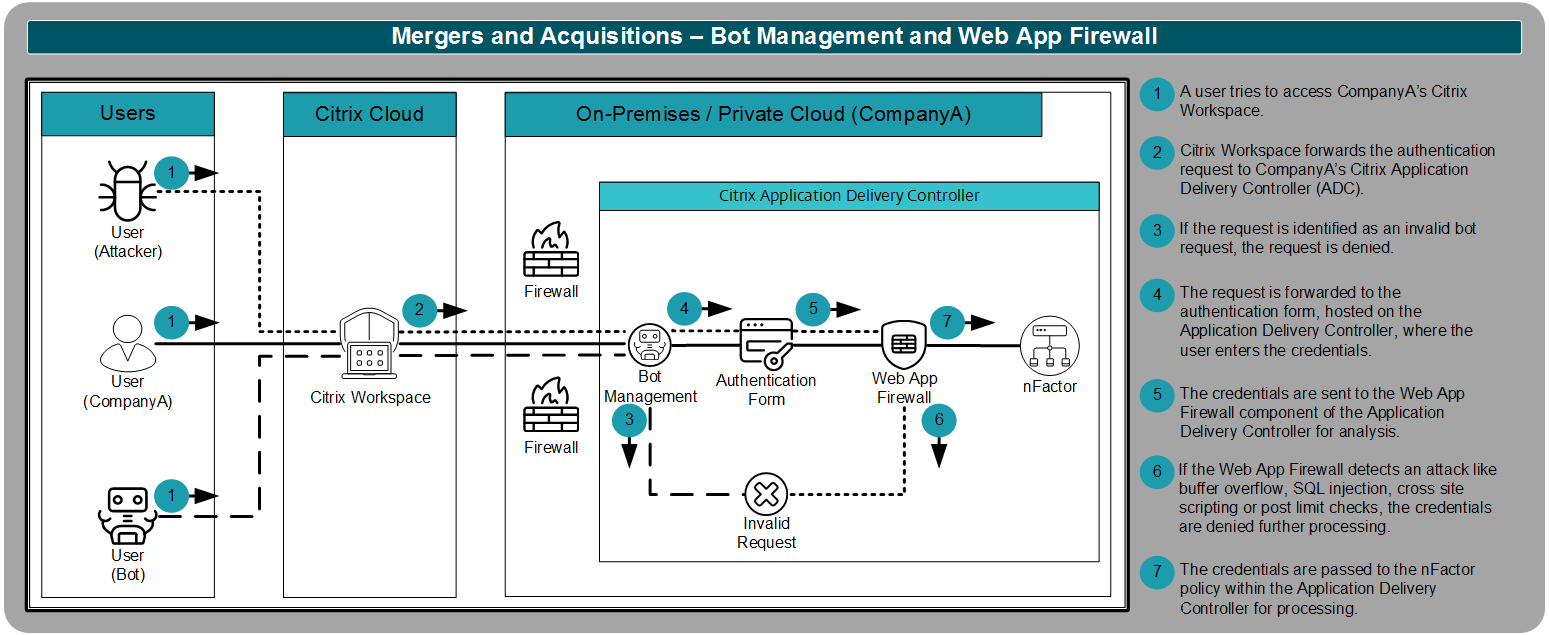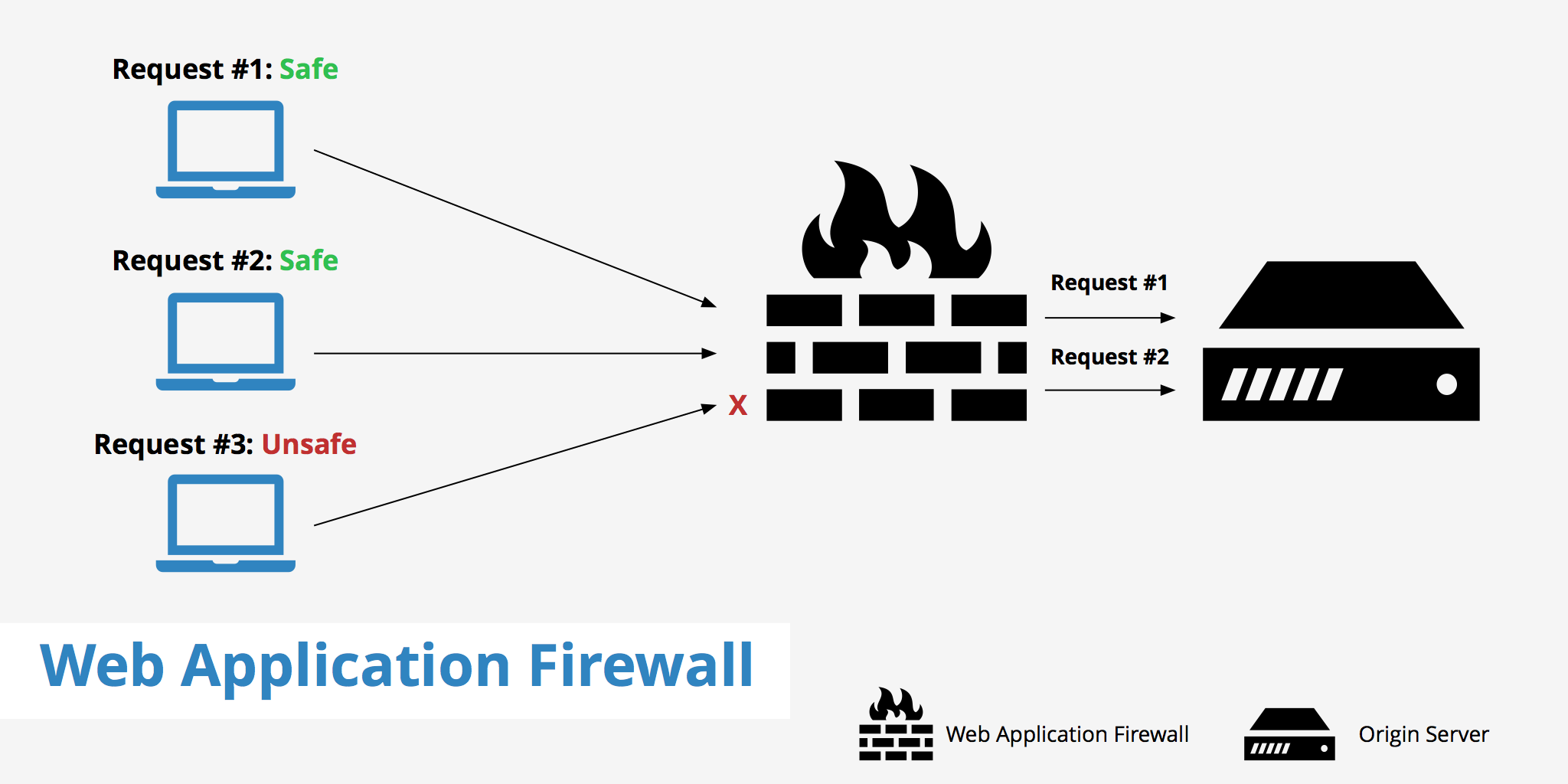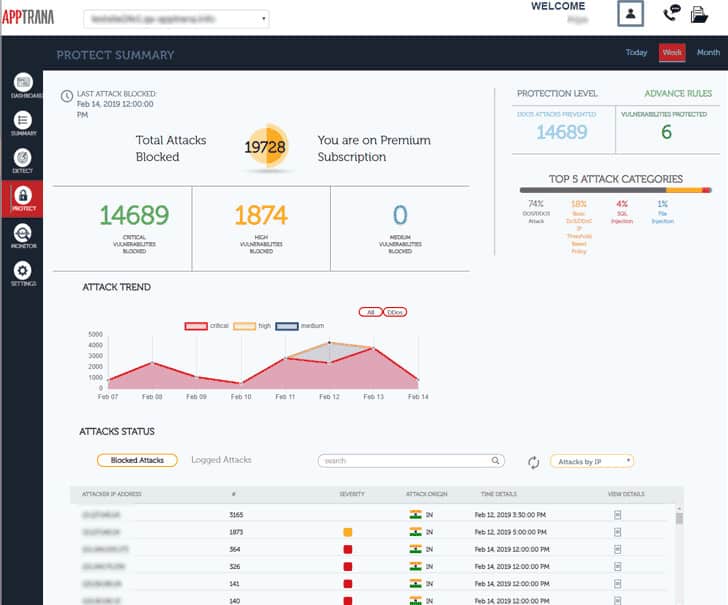


Encrypted traffic inspection is necessary-more than half of all web traffic today uses TLS encryption, which is advantageous for privacy but makes it more difficult to detect malware and other malicious content.The level of security inspection offered by a conventional intrusion detection and prevention system (IDS/IPS) is inadequate for isolating and protecting against threats to web applications. HTTP traffic can be involved-web applications can be involved, and cybercriminals use this complexity to conceal malicious content.

A more detailed level of inspection is needed to distinguish potential attacks from legitimate traffic. However, attacks against web applications and web APIs make use of the same web ports and protocols as users-such as HTTP(S)-making it infeasible to only filter out malicious traffic using this method.

A web application may also include application programming interfaces (APIs), which provide programmatic access to the application’s capabilities.Īdam Hils and Jeremy D’Hoinne of Gartner coined the name Web Application and API Protection (WAAP) in reference to cloud-based services created to safeguard vulnerable APIs and web applications.Ĭloud WAAP services provide various security modules, based on an auto-scaling, multitenant cloud infrastructure. Web applications are programs that users can access via a web browser, and are a critical component of many organizations’ web presence. What is Web Application and API Protection (WAAP)?


 0 kommentar(er)
0 kommentar(er)
